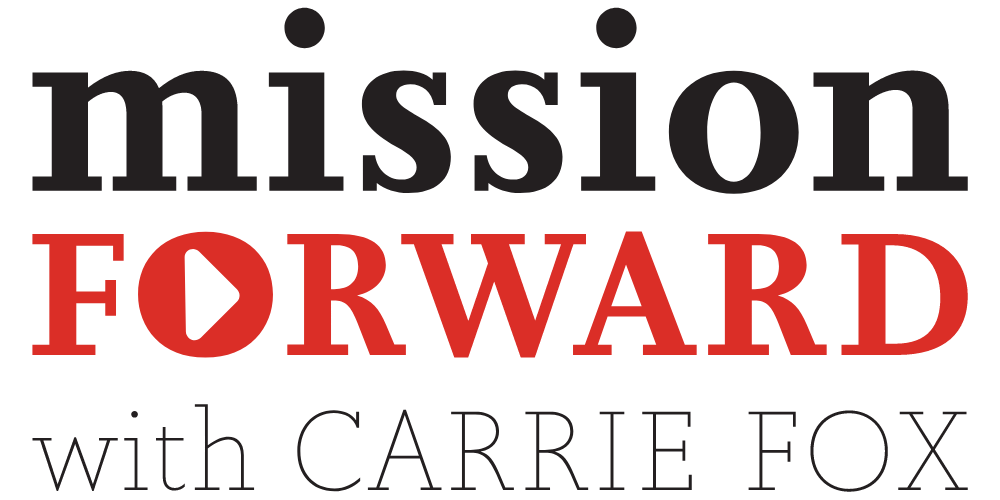Tackling Tough Feedback.
This article is part of Finding the Words, a newsletter that delivers practical insights on the day’s issues.
Have you ever found yourself needing to deliver feedback to an employee, a team, or a colleague and clamming up at the idea? If so, you’re far from alone. According to a study published in the Harvard Business Review, nearly two-thirds of all managers are uncomfortable communicating with their employees.
Pause on that with me: 69% of managers surveyed in a national poll of adults report feeling uncomfortable having conversations with employees. No wonder the Google results for “how to give feedback” returned 178 million results.
So, today’s Finding the Words is about finding some key words—and strategies—to help you deliver more effective feedback to your colleagues, peers, and manager.
It all comes down to the Three Cs: Be Clear, Be Candid, and Be Consistent:
Be Clear: I love Brene Brown and her “Clear is Kind” strategy for delivering feedback, which we employ regularly at Mission Partners. In Brene’s words, “Not getting clear with a colleague about your expectations because it feels too hard, yet holding them accountable or blaming them for not delivering what you expect is unkind.” So, what does that look like in practice? Being clear in feedback means being direct rather than tiptoeing around a situation. Explain clearly what you observed or felt and how this particular learning moment can translate to an opportunity for growth and learning across the team. When vague feedback leaves people wondering what you’re getting at, which is neither clear nor kind.
Be Candid. Humans learn best through stories. And when it comes to receiving feedback, stories can help us focus less on our perceived faults and more on a shared learning experience. So, before heading into a feedback conversation, think back to when you’ve struggled with a similar issue and what you may have learned from that experience. How might your own learning moments serve as a device to support your colleague in this moment? And remember, one poor performance doesn’t make someone a poor performer. We all appreciate knowing that we’re not alone, and a candid story might help level the playing field and support a productive conversation rather than a one-sided soliloquy.
Be Consistent: According to a PwC survey, nearly 60% of employees report that they would like feedback on a daily or weekly basis—a number that increased to 72% for employees under age 30. The best feedback you can give is the feedback itself, but there’s a misnomer that feedback is inherently negative. Rather than associating feedback with criticism, think about feedback as a practice, meaning it is delivered regularly, clearly, and as often as possible. The best feedback is timely, not bundled up for quarter-end or year-end reviews. At Mission Partners, we call it Feed Forward, as inspired by Stanford Professor Huggy Rao, which consists of three simple components. Each week in our one-on-ones, managers:
Celebrate one action from the past week
Suggest one area to improve upon in the coming week
And then they ask for one suggestion on how to be most supportive in the week ahead.
Whether it is feedback or feed-forward, the key is to regularly share what you see working well, to celebrate successes, and to offer recommendations for improvement. Do those things consistently, and the harder feedback won’t feel as hard.
Bottom line: If you want the process of delivering feedback to serve as an opportunity to deepen trust rather than to damage a relationship, then take time to understand the situation AND the person before rushing to assumptions or judgment. Being clear, candid, and consistent can help move your fear of feedback to a practice of love.
Ready for more? Check out our blogs on leading with empathy and putting empathy over ego.
This post is part of the Finding The Words column, a series published every Wednesday that delivers a dose of communication insights direct to your inbox. If you like what you read, we hope you’ll subscribe to ensure you receive this each week.






